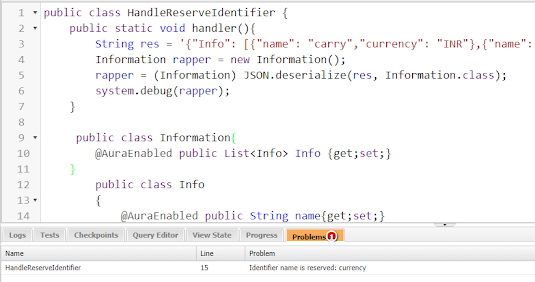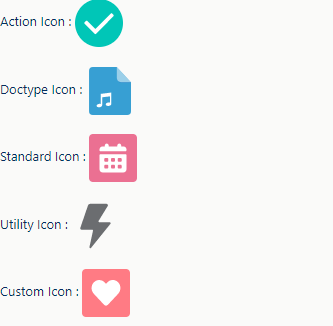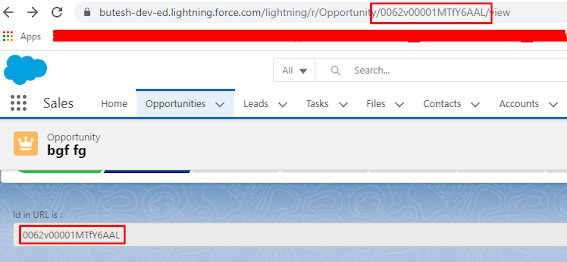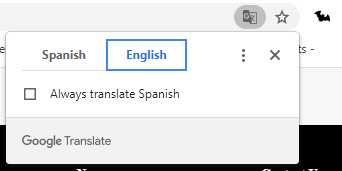import { LightningElement,track,wire } from 'lwc';
import loadCases from '@salesforce/apex/data_table.loadCases';
export default class data_table extends LightningElement {
@track pagenumber = 1;
@track recordstart = 0;
@track recordend = 0;
@track totalrecords = 0;
@track pagesize = 3;
@track totalpages = 1;
@track showpagination=true;
@track pagelist;
@track isLoaded = false;
@track caseData;
@track caseColumns = [
{ label: 'Case Number', fieldName: 'CaseNumber', type: 'text'},
{ label: 'Subject', fieldName: 'Subject', type: 'text'},
{ label: 'Priority', fieldName: 'Priority', type: 'text'}
];
@wire(loadCases, {
pageNumber: "$pagenumber",
pageSize: "$pagesize"
})
getCaseRecord(result){
if (result.data) {
this.caseData = result.data.caseList;
this.totalrecords = result.data.totalRecords;
this.recordstart = result.data.recordStart;
this.recordend = result.data.recordEnd;
this.totalpages = Math.ceil(this.totalrecords / this.pagesize);
this.generatePageList(this.pagenumber, this.totalpages);
this.isLoaded = false;
if(this.totalpages==1){
this.showpagination=false;
}else{
this.showpagination=true;
}
}
}
renderedCallback(){
this.template.querySelectorAll('.testcss').forEach((but) => {
but.style.backgroundColor = this.pagenumber===parseInt(but.dataset.id,10) ? '#F47920' : 'white';
but.style.color = this.pagenumber === parseInt(but.dataset.id, 10) ? 'white' : 'black';
});
}
handleFirst(event) {
this.isLoading = true;
var pagenumber = 1;
this.pagenumber = pagenumber;
}
processMe(event) {
var checkpage = this.pagenumber;
this.pagenumber = parseInt(event.target.name);
if (this.pagenumber != checkpage) {
this.isLoading = true;
}
}
get disableFirst() {
if (this.pagenumber == 1) {
return true;
}
return false;
}
get disableNext() {
if (
this.pagenumber == this.totalpages ||
this.pagenumber >= this.totalpages
) {
return true;
}
return false;
}
handlePrevious(event) {
this.isLoading = true;
this.pagenumber--;
}
handleNext(event) {
this.isLoading = true;
this.pagenumber = this.pagenumber + 1;
}
handleLast(event) {
this.isLoading = true;
this.pagenumber = this.totalpages;
}
generatePageList = (pagenumber, totalpages) => {
var pagenumber = parseInt(pagenumber);
var pageList = [];
var totalpages = this.totalpages;
this.pagelist = [];
if (totalpages > 1) {
if (totalpages < 3) {
if (pagenumber == 1) {
pageList.push(1, 2);
}
if (pagenumber == 2) {
pageList.push(1, 2);
}
} else {
if (pagenumber + 1 < totalpages && pagenumber - 1 > 0) {
pageList.push(pagenumber - 1, pagenumber, pagenumber + 1);
} else if (pagenumber == 1 && totalpages > 2) {
pageList.push(1, 2, 3);
} else if (pagenumber + 1 == totalpages && pagenumber - 1 > 0) {
pageList.push(pagenumber - 1, pagenumber, pagenumber + 1);
} else if (pagenumber == totalpages && pagenumber - 1 > 0) {
pageList.push(pagenumber - 2, pagenumber - 1, pagenumber);
}
}
}
this.pagelist = pageList;
};
}












